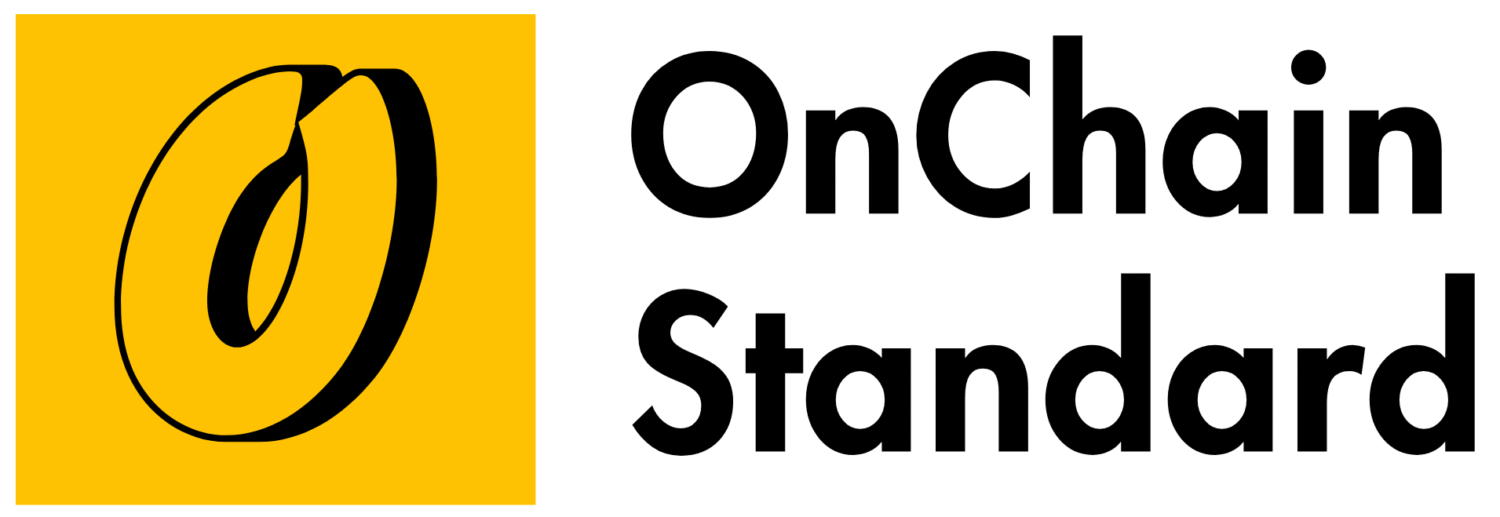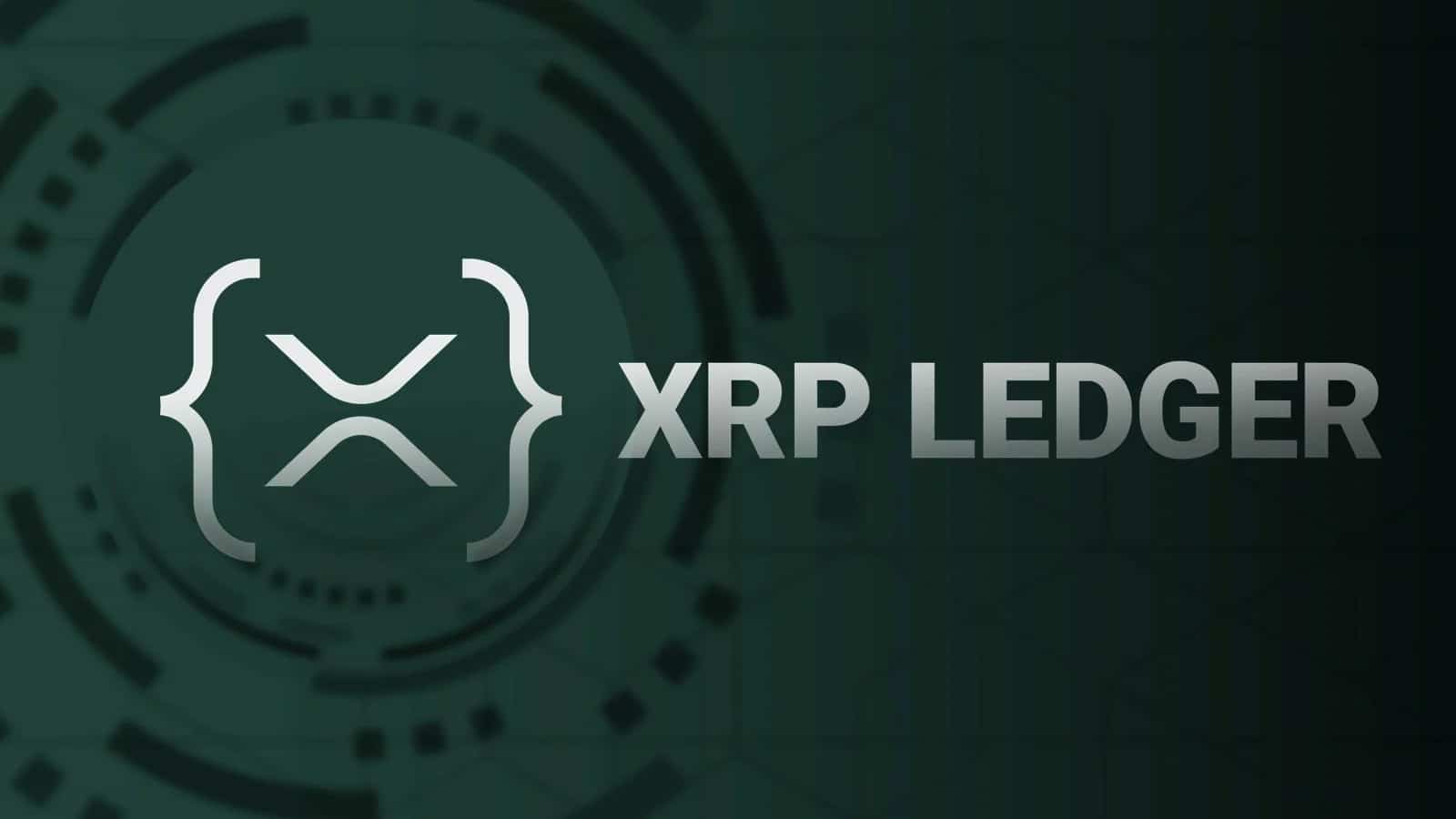How Dollar-Cost Averaging Works in Crypto (With Examples) in 2025
Introduction
The cryptocurrency market, valued at over $3 trillion in 2025, is known for its volatility, with prices often swinging 20–30% in a week. Dollar-cost averaging (DCA) is a strategy that helps investors mitigate this volatility by spreading investments over time. By consistently investing a fixed amount regardless of market conditions, DCA reduces the risk of buying at peak prices and builds wealth steadily. This article explains how DCA works in crypto, its advantages, risks, and real-world examples to guide investors in 2025.
What Is Dollar-Cost Averaging?
Dollar-cost averaging involves investing a fixed amount of money into an asset, like Bitcoin or Ethereum, at regular intervals (e.g., weekly, monthly), regardless of price fluctuations. This approach averages out the purchase cost over time, minimizing the impact of market volatility. Unlike trying to time the market, DCA promotes disciplined investing, making it ideal for beginners and long-term investors in the unpredictable crypto market.
How It Works:
-
Choose a fixed investment amount (e.g., $100/month).
-
Select a regular interval (e.g., every 1st of the month).
-
Buy the chosen cryptocurrency at the market price on each interval.
-
Over time, you accumulate more crypto when prices are low and less when prices are high, resulting in a lower average cost per unit.
Benefits of Dollar-Cost Averaging in Crypto
DCA offers several advantages for crypto investors:
-
Reduces Timing Risk: By spreading purchases, DCA avoids the pitfall of buying at market peaks, as seen in Bitcoin’s $90,000 high in early 2025.
-
Disciplined Investing: Regular investments prevent emotional decisions driven by market hype or fear, common during 30% price swings.
-
Accessible for Beginners: DCA allows small investments (e.g., $10/week), making crypto accessible without large upfront capital.
-
Compounds Over Time: Consistent investments benefit from crypto’s long-term growth, with Bitcoin averaging 100% annual returns since 2013.
-
Mitigates Volatility: The crypto market’s 20–50% price fluctuations are smoothed out, reducing stress for investors.
Example: An investor using DCA to buy $100 of Ethereum monthly avoids the risk of investing $1,200 at a peak price of $4,000, instead averaging purchases across highs and lows.
Risks and Considerations
While DCA is low-risk, it has limitations:
-
Missed Short-Term Gains: DCA may underperform lump-sum investing in strong bull markets, as seen in Solana’s 80% rally in Q1 2025.
-
Transaction Fees: Frequent purchases on exchanges like Coinbase (0.5–2% fees) can erode returns, especially for small investments.
-
Market Downturns: Prolonged bear markets, like 2022’s 60% crypto crash, may delay profitability, requiring a long-term horizon.
-
Platform Risks: Exchange hacks or outages, costing $1.2 billion in 2024, highlight the need for secure platforms and wallets.
-
No Guarantee of Profit: Crypto prices can stagnate or decline, as seen with XRP’s flat performance in 2023, impacting returns.
How to Implement Dollar-Cost Averaging in Crypto
Follow these steps to start DCA in 2025:
1. Choose a Cryptocurrency
Select established coins with strong fundamentals to minimize risk:
-
Bitcoin (BTC): Market leader with $80,000 price and 62.7% dominance in 2025, ideal for long-term stability.
-
Ethereum (ETH): Powers DeFi and Layer-2 ecosystems, with $3,500 price and $350 billion TVL.
-
Solana (SOL): High-throughput chain with $150 price, supporting $10 billion in DeFi and NFT activity.
Tip: Use CoinGecko or CoinMarketCap to research market cap, historical performance, and tokenomics before investing.
2. Select a Platform
Choose a reliable exchange or investment app supporting recurring purchases:
-
Coinbase: User-friendly, offers DCA with $10 minimums, but charges 0.5–2% fees.
-
Binance: Low fees (0.1%), supports 600+ coins, ideal for frequent DCA purchases.
-
Kraken: Secure platform with 0.16–0.26% fees, supports staking alongside DCA.
-
Gemini ActiveTrader: Offers low-cost trading (0.4%) and recurring buy options.
-
Robo-Advisors: Platforms like Wealthfront integrate crypto DCA with portfolio management, starting at $50/month.
Tip: Opt for platforms with low fees and strong security (e.g., 2FA, cold storage) to protect funds.
3. Set Up a DCA Plan
-
Decide on an investment amount (e.g., $50/week or $200/month) based on your budget.
-
Schedule recurring purchases via the platform’s “Recurring Buy” feature (available on Coinbase, Binance, etc.).
-
Choose an interval: weekly for smoother cost averaging, monthly for convenience.
-
Automate payments using bank transfers or stablecoin deposits (e.g., USDC) to avoid manual effort.
4. Secure Your Assets
-
Transfer purchased crypto to a secure wallet to avoid exchange risks. Use cold wallets like Ledger Nano X ($149) for holdings above $5,000 or hot wallets like MetaMask for smaller amounts.
-
Store seed phrases offline (e.g., on metal plates) to prevent hacks, which affected 1.3 million users in 2024.
-
Enable 2FA and monitor transactions via block explorers like Etherscan.
5. Monitor and Adjust
-
Track your average purchase price and portfolio value using CoinMarketCap’s portfolio tracker or CoinGecko’s API.
-
Review performance quarterly to assess returns and adjust investments if needed.
-
Consider staking DCA’d assets (e.g., 4–6% APY on Ethereum) to boost passive income.
Real-World Examples of DCA in Crypto
Example 1: Bitcoin DCA
An investor commits $100 monthly to Bitcoin starting January 2024, with prices fluctuating as follows:
-
Jan 2024: $45,000 (0.00222 BTC)
-
Feb 2024: $50,000 (0.00200 BTC)
-
Mar 2024: $60,000 (0.00167 BTC)
-
Apr 2024: $55,000 (0.00182 BTC)
-
May 2024: $70,000 (0.00143 BTC)
-
Jun 2024: $65,000 (0.00154 BTC)
-
Jul 2024: $80,000 (0.00125 BTC)
-
Aug 2024: $75,000 (0.00133 BTC)
-
Sep 2024: $85,000 (0.00118 BTC)
-
Oct 2024: $90,000 (0.00111 BTC)
-
Nov 2024: $82,000 (0.00122 BTC)
-
Dec 2024: $88,000 (0.00114 BTC)
Results:
-
Total Invested: $1,200 (12 months × $100)
-
Total BTC: 0.01891 BTC
-
Average Cost per BTC: $1,200 ÷ 0.01891 = $63,458
-
Portfolio Value (Jan 2025, BTC at $80,000): 0.01891 × $80,000 = $1,512.80
-
Profit: $1,512.80 − $1,200 = $312.80 (26% return)
Insight: DCA smoothed out Bitcoin’s volatility, achieving a lower average cost ($63,458) than the peak price ($90,000), yielding a solid return.
Example 2: Ethereum DCA
An investor allocates $50 weekly to Ethereum from January to June 2025, with prices varying:
-
Week 1: $3,500 (0.01429 ETH)
-
Week 2: $3,200 (0.01563 ETH)
-
Week 3: $3,800 (0.01316 ETH)
-
Week 4: $4,000 (0.01250 ETH)
-
Week 5: $3,600 (0.01389 ETH)
-
Week 6: $3,300 (0.01515 ETH)
-
… (continues for 26 weeks)
Results (after 26 weeks):
-
Total Invested: $1,300 (26 × $50)
-
Total ETH: 0.360 ETH (sum of weekly purchases)
-
Average Cost per ETH: $1,300 ÷ 0.360 = $3,611
-
Portfolio Value (Jul 2025, ETH at $3,700): 0.360 × $3,700 = $1,332
-
Profit: $1,332 − $1,300 = $32 (2.5% return)
Insight: Despite Ethereum’s volatility, DCA achieved a modest profit. Adding staking (5% APY) could increase returns to $50 annually.
Example 3: Lump-Sum vs. DCA
An investor considers $1,200 in Bitcoin in January 2024 (BTC at $45,000) vs. DCA ($100/month):
-
Lump-Sum: Buys 0.02667 BTC at $45,000. In July 2025 (BTC at $80,000), value is $2,133.60, a $933.60 profit (77.8% return).
-
DCA: As above, invests $1,200 over 12 months, yielding 0.01891 BTC, worth $1,512.80, a $312.80 profit (26% return).
Insight: Lump-sum outperformed DCA in a bull market, but DCA reduced risk during volatile dips (e.g., $90,000 to $75,000).
Best Practices for DCA in 2025
-
Start Small: Begin with $10–$100 per interval to test the strategy without overexposure.
-
Choose Low-Fee Platforms: Use Binance (0.1% fees) or Kraken (0.16%) to minimize costs, as $5 fees on $50 trades cut returns by 10%.
-
Diversify Assets: Apply DCA to multiple coins (e.g., 50% BTC, 30% ETH, 20% SOL) to spread risk.
-
Secure Funds: Transfer DCA’d crypto to a cold wallet like Trezor Model T ($179) for holdings above $5,000.
-
Track Performance: Use portfolio trackers on CoinMarketCap or spreadsheets to monitor average cost and returns.
-
Stay Disciplined: Stick to your schedule, even during market crashes, to benefit from lower prices.
Challenges and Considerations
-
Fee Impact: High fees on small DCA amounts (e.g., 2% on Coinbase) reduce returns, requiring cost-effective platforms.
-
Market Timing: DCA may lag in strong bull runs, as seen in Solana’s 80% rally in Q1 2025.
-
Bear Markets: Prolonged downturns delay profits, requiring patience (e.g., 2022’s 60% market crash).
-
Security Risks: Exchange hacks, like the $200 million Bybit exploit in 2024, emphasize the need for secure storage.
-
Tax Complexity: DCA purchases create multiple tax lots, complicating reporting in jurisdictions like the U.S.
Conclusion
Dollar-cost averaging is a powerful strategy for crypto investing in 2025, offering a disciplined way to navigate the market’s volatility. By spreading investments over time, DCA reduces timing risks and makes crypto accessible for small budgets. Examples with Bitcoin and Ethereum show how DCA achieves steady returns, though it may underperform lump-sum investing in bull markets. By choosing reliable platforms, securing assets, and diversifying, investors can use DCA to build wealth effectively in the dynamic crypto landscape.




